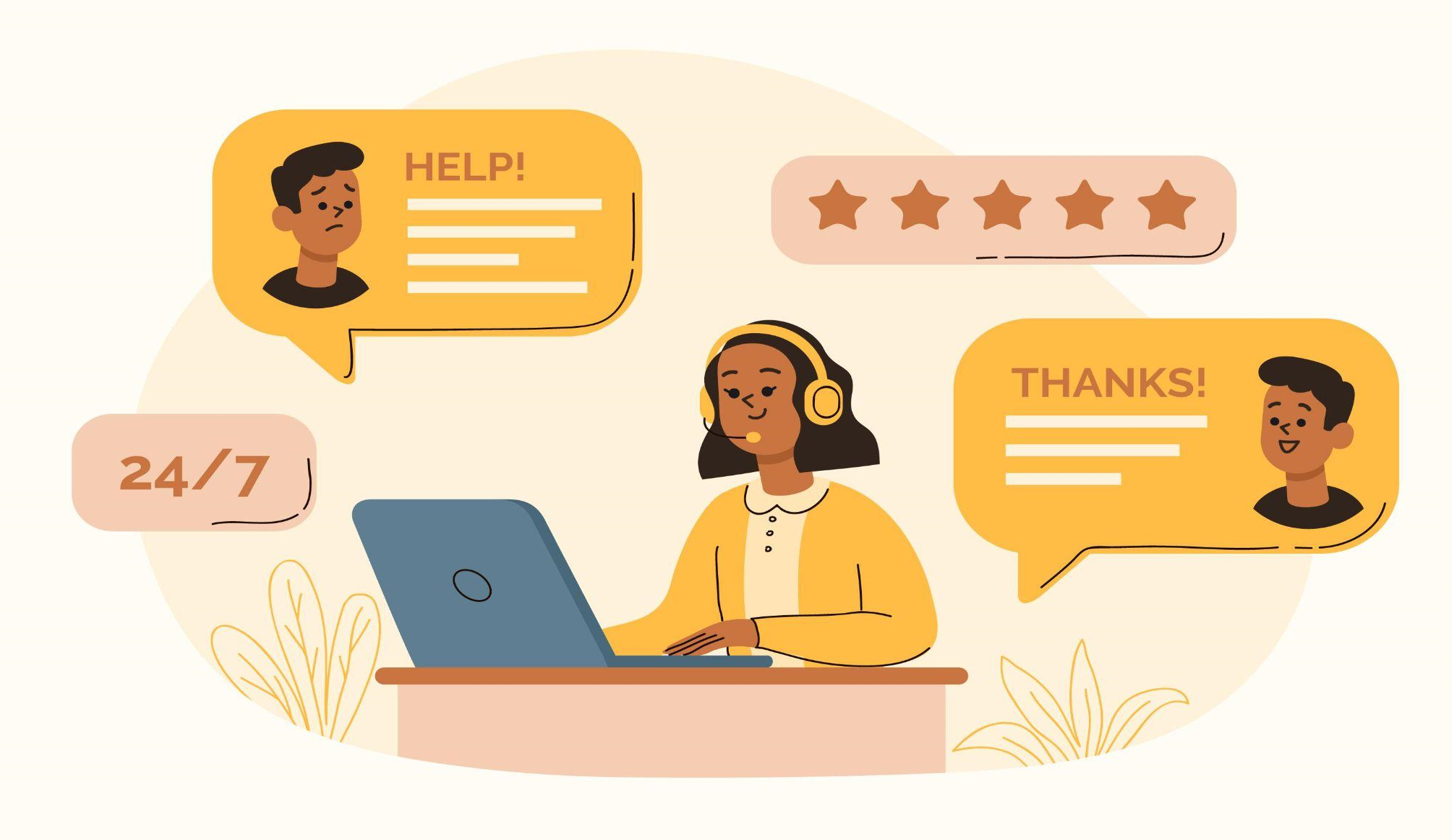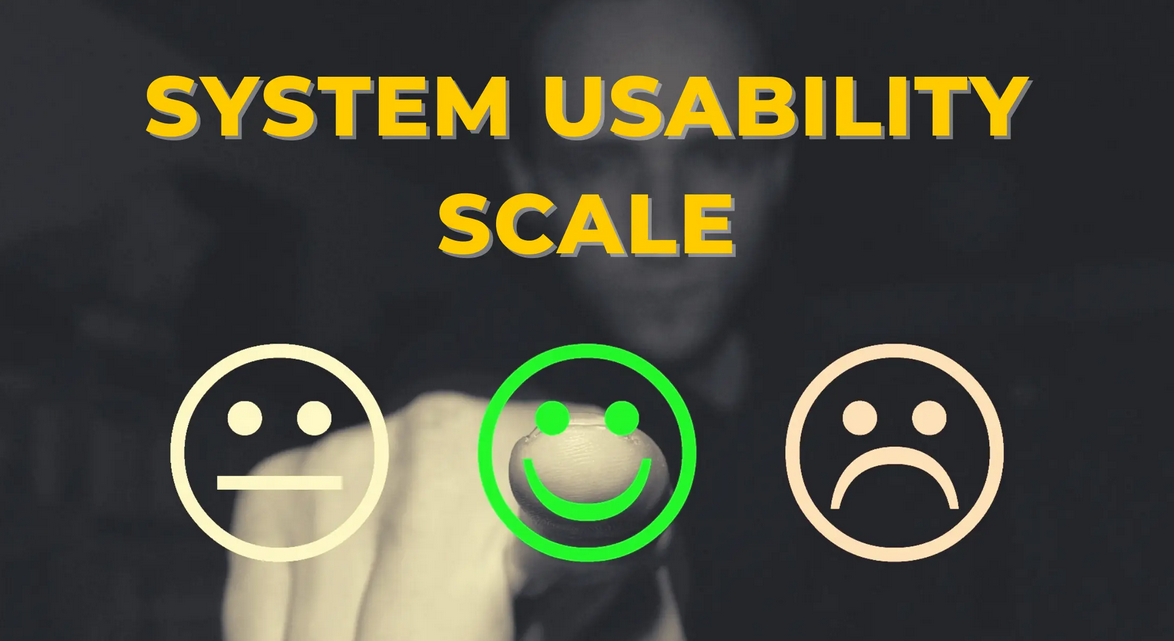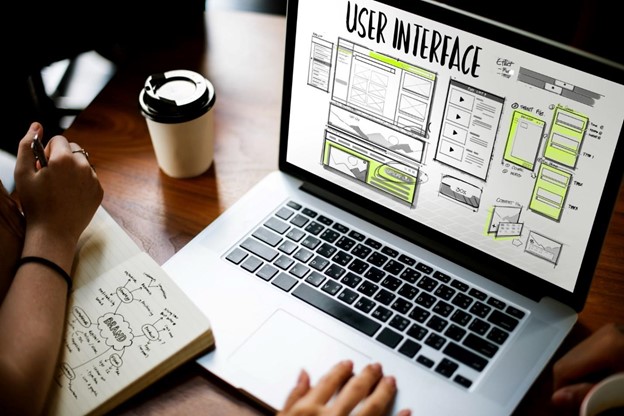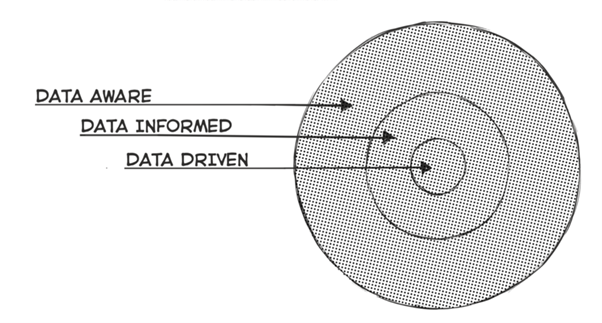If you are not working on improving your customer experience and providing an omnichannel customer experience, you are risking making your business obsolete. Yes, you heard it right!
A SaaS customer experience is vital for any business. Without it or it functioning with a hindrance and block, it can lead to a drop in revenue and eventually lead to sudden death.
Not a desirable situation for anyone!
But at the same time, by investing money and time in developing a holistic customer experience for your customers, you can even see a spike in revenue.
A study done by the Temkin Group found that businesses with an annual ARR of %1 billion dollars can expect an addition of $700 million within 3 years after investing in customer experience.
Isn’t that great?
Now without any delay, let’s understand what customer experience means for SaaS companies and how you can improve it.
What is SaaS Customer Experience?
The popularly coined term CX or customer experience defines the perception that your customers have about your business. This viewpoint or perception is built over time, with every conversation and engagement the customer has with the business to buy, support, navigate the website, and resolve their query.
Now that terms like a self-service knowledge base and self-help portals are popular, it has also become crucial in determining a business’s CX and CSAT scores.
Now that you understand what you mean by customer experience and its determining factors let’s learn why you should invest in CX.
Why should SaaS businesses pay more attention to customer experience?
Once customer experience was about luxury, but now it is about surviving the competition.
Did you know that, since 2010, 36% more companies have been competing just based on customer experience?
This shift is because 86% of customers are willing to pay more for a good customer experience and would even switch a company if faced with a bad or unsatisfactory experience.
But this is not the only reason.
Create brand relations and loyalty
Giving an exceptional customer experience aids in building long-term customer relations, which in turn, the customers as a continuous source of recurring revenue for the business.
And a loyal, satisfied customer also shares their experience with their peers and connections, which helps bring more customers without spending on prospecting and marketing. And for this, customer experience is the key.
New Customers are 8 times more expensive
As mentioned above, we saw customer experience is crucial in building long-term relationships with customers to bring in new customers with word-of-mouth marketing while being a source of recurring income.
Why is it important?
Because bringing in or prospecting a new customer takes time and money. As per the latest reports, converting any leads can sometimes be 6 to 8 times more expensive.
Maximize revenue and increase the lifetime value
As per the new report published in Harvard Business Review, Retaining an old customer can increase the profits by 25% to 95%, as we mentioned earlier, loyal customers not just bring their business to the company but also their friends and colleagues by recommending your business to them.
We hope now you understand why it is so important to invest in customer support tools and provide a great customer experience. Now, without further delay, let’s get into how you can improve your company’s customer experience.
How to Improve SaaS Customer Experience
By following a few steps and investing in streamlined customer support and customer experience strategy, combined with new technology – you can provide an exceptional experience to your customers and get ahead of the competition.
#1. Build Customer Success Team
Imagine you’re building something big. If a big wave hit, would it stay standing, or would it succumb to the weight of that force and fall over?
A marketing team is like a person (or big wave) who attracts new leads and helps maintain those leads moving forward. Likewise, a lead-based sales team ensures that those leads don’t founder somewhere along the way – they make sure they arrive at their destination safely. Lastly, it would help if you had an ongoing customer success team to help keep customers happy and retain them as loyal brand ambassadors from one business cycle to the next.
#2. Optimizing Customer Onboarding
Once you’ve secured a customer for your business, getting them to use a product or service successfully is of primary importance. However, onboarding new users can be tricky as studies show that customers who are lost during the first two weeks are rarely ever recovered.
The best companies have a customer-facing knowledge base through which all such information can be accessed from anywhere and anytime to help customers succeed with your product or service quickly, efficiently, and painlessly.
You are on friendly territory here in terms of having help at your side constantly when it comes to answering questions, it helps you figure things out without needing to be frustrated – although some things might take longer than others, remember it’s only human nature!
And lastly, set up 24/7 available customer support to assist your customers.

Source: Freepik
#3. Collecting Product Feedback
After your sales and onboarding of the customer are made, the next step comes taking the feedback to understand any challenges the customer faced during the onboarding or while using your product.
There are a wide range of survey tools that can help you collect product feedback from your users. There are multiple types of surveys that can help you collect customer feedback, for example:
- Product Satisfaction Surveys: You can design a survey using Typeforms or other similar tools to understand your customers’ problems and satisfaction levels with your product.
- NPS Surveys: Net promoter score calculates customer satisfaction and loyalty by asking them to rate your product and the likelihood of them giving your recommendation to their peers and connections.
- Transactional emails and customer calls Surveys: You can also take customer feedback during transactional emails and customer calls by asking them about their experience and challenges they faced during onboarding and post onboarding.
- Social Listening: You can even use your social channels and social listening tools like Brand Mention to track what people think of your brand and product.
#4. Redesign and Improve product based on feedback
After you are done taking the feedback, next comes working on the said feedback. Follow the following steps to streamline the process:
- Identify areas of improvement: First and foremost, identify the areas that need improvement as pointed out by the customer. Next, categorize these areas as “easily achievable in less time and with minimum effort “and the others as “will require time and a lot of effort.”
Categorizing the areas will make it easier for you to optimize the process.
- Analyze competitor advantages: Check what your competitors are doing differently and what is the USP that attracts your potential targeted market.
- Discover the verticals that make your customer happy: Now that you have all the data you need to optimize your product and services, it’s time to start working on the problems and providing your customers with the best customer experience possible.
#5. Design Great Website User experience
Your website is the first impression of your company that your users experience, and it is especially true for SaaS companies. SaaS companies’ major source of educating customers about their offerings is through their website, and if they face difficulty navigating it or are bombarded with numerous pop-ups, it can impact their experience and the overall company’s perception of the SaaS customer experience.
#6. Channels to ensure effective customer Support
Providing a website for your customers to explore and buy might have been a strategy that would have worked probably 5 years back.
The market is flooded with omnichannel customer engagement solutions, and not leveraging them could cost your company clients and, subsequently, revenue.
Here are a few tools that you can consider:
- Self-Service Knowledge Guides: By using a cloud-based knowledge base you can ensure that your customers can solve their problems through self-serve solutions without having to depend on an agent for gratification.
- Chatbots: The next big trend is using omnichannel chatbots and virtual assistants to provide 24/7/365 days of customer support and facilitate the buying process through chat.
- LiveChat: You can even enable live chat on your website and application to help customers resolve their queries.
- Email: To ensure that no email inquiry goes unanswered and your customers and prospects get instant replies, you can automate email sequences for every step the customer makes on your website.
- Helpdesk: For resolving any technical difficulties, you can even enable a live helpdesk or automate it with the help of an omnichannel AI-powered solution.
#7. Measure Customer Support Experience
Some of the best ways to make your customers happy with the experience they have when working with your business are by determining their end goal and defining milestones to achieve that goal.
Having these definitions beforehand will help create and set customer expectations, which will, in turn, enhance customer service and satisfaction overall. By setting set KPIs and goals, it will become easier for you to track the progress of your investment.
Conclusion
We hope that this blog was able to provide you with some new ideas on how to improve your SaaS customer experience. A wide range of customers uses saaS products, and you must be able to reach all of them. With this information, you can create a customer experience that will work for all of your users.
- 7 Ways to Improve SaaS Customer Experience - June 27, 2022
![]() Give feedback about this article
Give feedback about this article
Were sorry to hear about that, give us a chance to improve.








